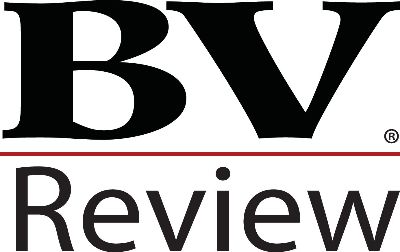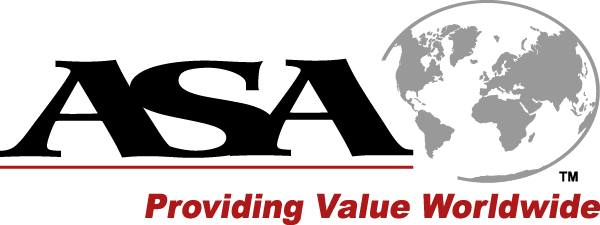Providing a Framework for Testing the Reasonableness of Terminal Period Cash Flow Investments
Whether using the traditional Gordon Growth formula or the value driver formula, it is common for a valuer to neglect testing the reasonableness of the capitalized free cash flow used in determining the terminal value and, therefore, derive a terminal value that is incorrect. This is troubling considering how important the terminal value is when concluding an equity value; the terminal value most often accounts for a majority of the concluded enterprise value when applying the Discounted Cash Flow method. The purpose of this article is to provide a framework for testing the reasonableness of the amount of terminal cash flow that is reinvested to support the operations into perpetuity. In general, there are three potential areas for a company to reinvest into its future operations: (1) net working capital, (2) purchases of property, plant, and equipment (PP&E), and (3) other investments (e.g., research and development [R&D]). Our article provides an overview of a suggested method for analyzing and calculating the appropriate amount of investments in net working capital and PP&E under the Gordon Growth formula. We also provide an example analysis to illustrate potential issues resulting from expensed investments (e.g., R&D) when applying the value driver formula.

Depreciation Greater than CapEx in the Terminal Period

Net Investment in PP&E Determined by FATR

A Company's Sustainable Growth Rate Is Determined by How Much of Its Earnings Are Reinvested Back into the Company and What Returns the Company Can Expect on Those Reinvested Earnings

